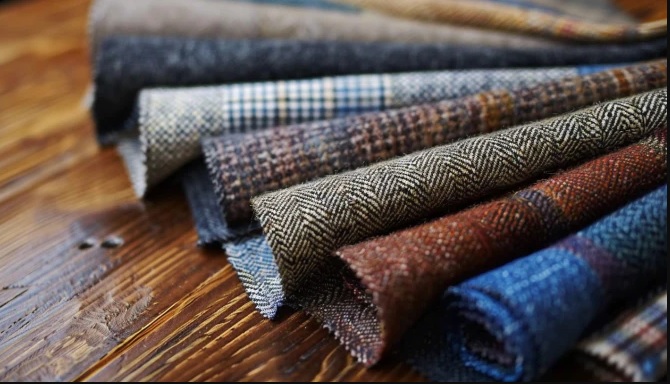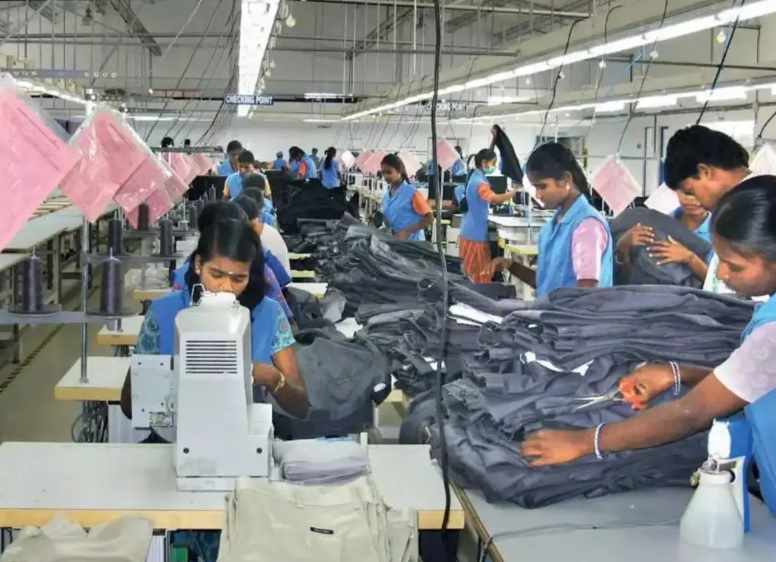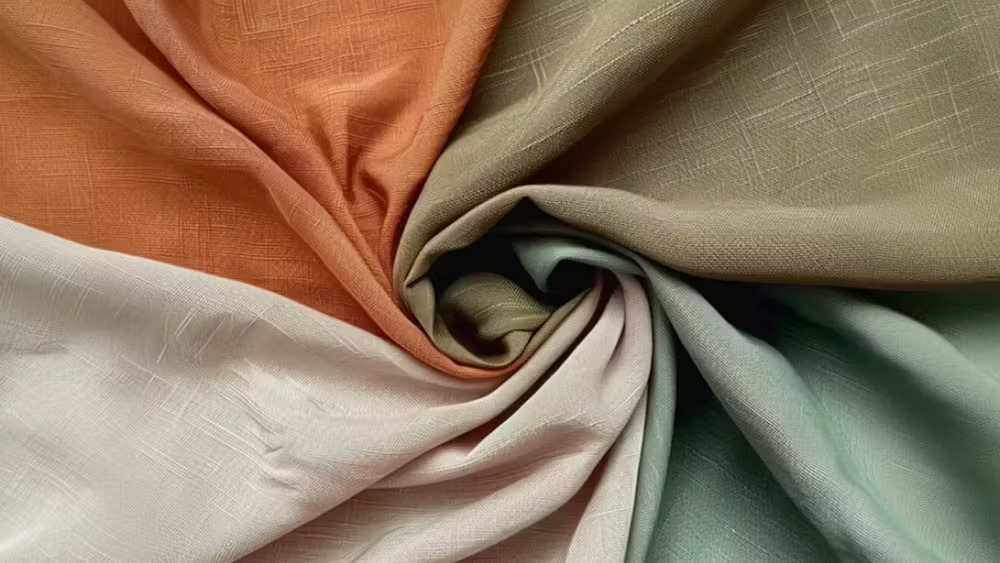UBC Okanagan, based in Canada, is working to solve the issue of wrinkling when it comes to making textile composites.
Researchers investigated several de-wrinkling methods and discovered they could improve their effectiveness by pulling the materials in two directions simultaneously during the manufacturing process. They did this by creating a custom-made biaxial fixture -- a clamp that stretches the textile taut and removes unwanted bumps and folds.
Textile composites are known for their strength and durability. But a simple wrinkle in the manufacturing process can significantly alter the end product -- sometimes diminishing its strength by 50 per cent.
Wrinkling is one of the most common flaws in textile composites, which are widely used for prototypes, as well as mass production within prominent aerospace, energy, automotive and marine applications.
The challenge was to avoid unwanted fiber misalignment or fiber rupture while capturing the out-of-plane wrinkles. Manufacturers who use these types of composites are looking for more information about their mechanical behavior, especially under combined loading scenarios.
The research included stretching the material and then using specialized image processing and 3D scanning to analyze the required forces and its impact on the wrinkling and de-wrinkling of the material.
Composite textiles are changing the way products are designed and built in advanced manufacturing sectors.
Tackling wrinkling in composites
- 1
- 2
- 3
- 4
- 5
- 6
- 7
- 8
- 9
- 10
Weaponizing E-Commerce: What the M&S cyberattack reveals about retail's new …
The recent cyberattack that brought down Marks & Spencer's (M&S) online operations for nearly seven weeks has highlighted a critical,... Read more
Nylon's New Frontier: Marrying strength with natural grace
For decades, nylon has been synonymous with exceptional strength, durability, and resilience. From mountaineering gear to industrial applications, its tough... Read more
The Textile Revolution: Polyester's quest for natural perfection
For decades, polyester has been the workhorse of the textile industry, valued for its durability, wrinkle resistance, and affordability. However,... Read more
Global Sourcing Expo: Australia's premier sourcing hub expands reach and vision
The Global Sourcing Expo, a pivotal event connecting global suppliers with Australian trade buyers, continues to solidify its position as... Read more
Beyond the Booths: How Global Sourcing Expo is redefining the Asia-Pacific sourc…
With the successful completion of third edition of Global Sourcing Expo Sydney, Julie Holt, Global Business & Exhibition Director, Global... Read more
Retail slows as trade accelerates, the paradox of 2025 fashion: Wazir Advisors J…
The global apparel industry, often a reliable barometer of consumer confidence and trade health, is passing through a delicate recalibration.... Read more
Tiruppur, India's knitwear powerhouse defies odds, challenges global giants
In the global textile manufacturing market, where countries like Bangladesh and Vietnam leverage preferential trade agreements (FTAs) to dominate export... Read more
The rise of the intrinsic durability multiplier in fashion
The conversations at the recent ‘Innovation Forum’ have blossomed into a clear call to action: the fashion industry is under... Read more
Viscose transforms from ‘Artificial silk to sustainable innovation
Viscose, often dubbed ‘artificial silk’ earlier, has a long and complex history in the textile industry. A regenerated cellulose fiber,... Read more
Rethinking Textile's Future: Innovations in sustainable fibers and circularity
The textile industry is increasingly focusing on natural fibers and circularity, with new research and initiatives pointing towards a more... Read more












